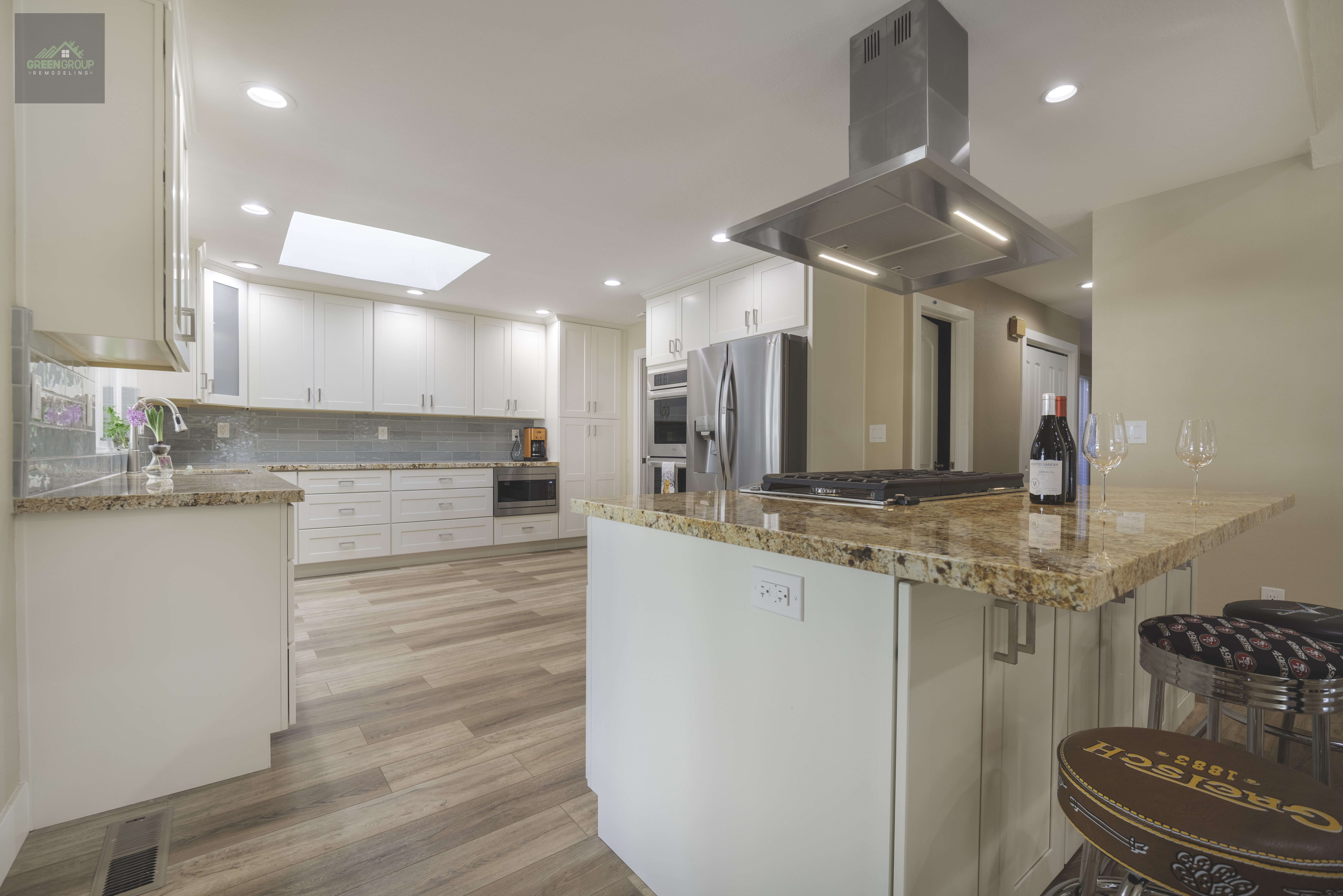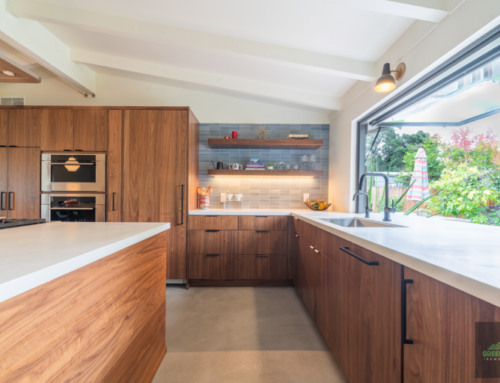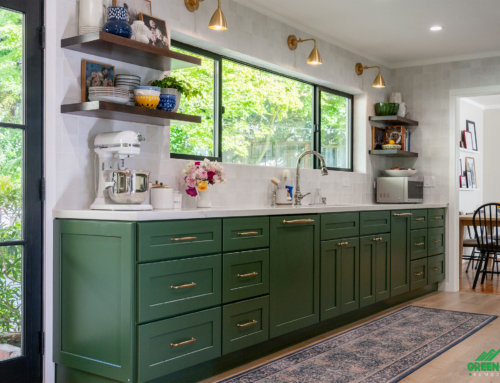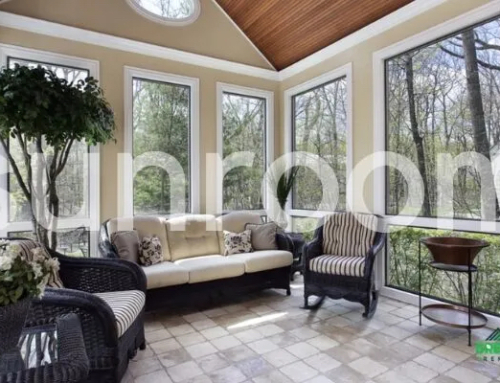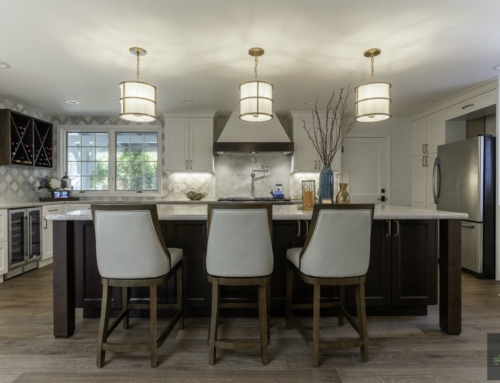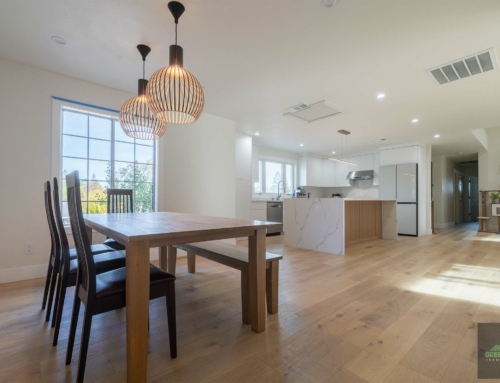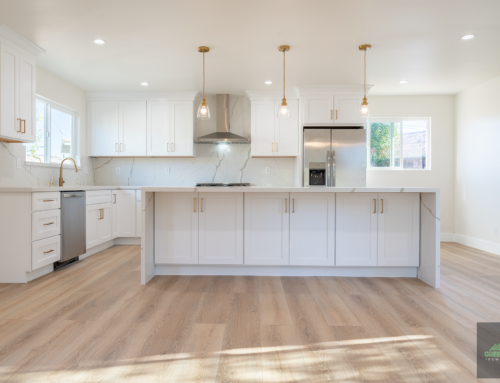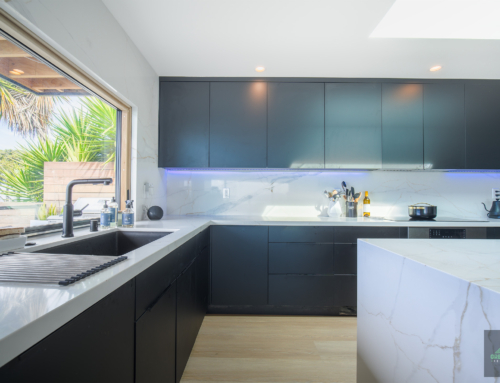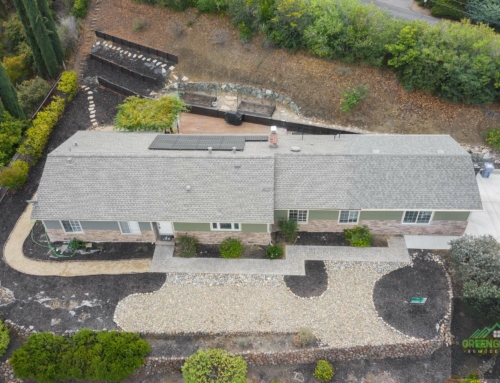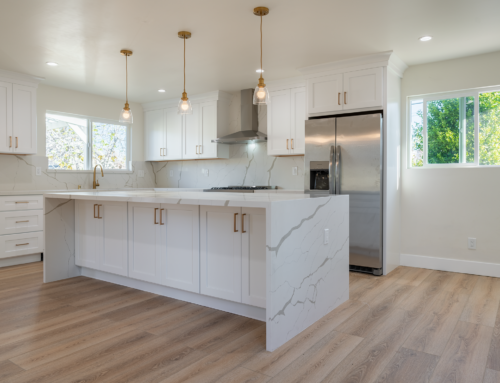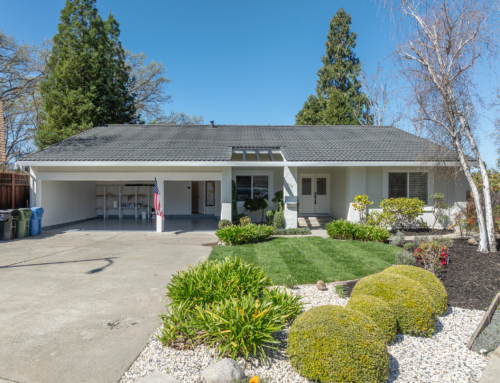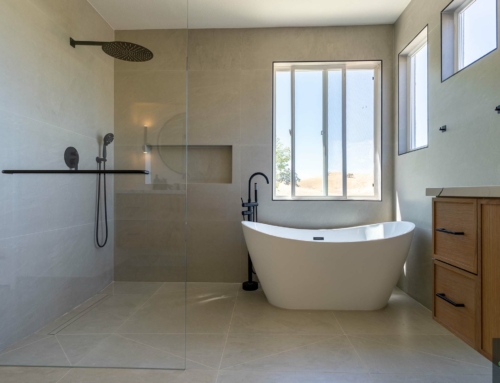When it comes to home improvement, the heart of the house deserves special attention. The kitchen is not just a place to prepare meals; it’s a central hub for family gatherings, social interactions, and, undoubtedly, a space that reflects your style. Whether you’re renovating or designing your kitchen from scratch, you’ll want to infuse it with elements that not only appeal to your tastes but also make the most of the available space. In this blog, we’ll explore some exciting kitchen design inspiration that can help you create a kitchen that’s functional, stylish, and uniquely yours.
Kitchen Design Inspiration: Finding Your Style
Your kitchen should be an extension of your personality and lifestyle. Before diving into kitchen design inspiration, take a moment to consider the style that resonates with you. Here are a few popular kitchen styles to help you get started:
- Traditional Elegance: If you appreciate classic designs, traditional kitchens with rich wood cabinetry, detailed moldings, and timeless color palettes may be your go-to choice.
- Modern Minimalism: Minimalist kitchens are characterized by clean lines, neutral colors, and the use of innovative materials. They’re perfect for those who appreciate simplicity and functionality.
- Farmhouse Charm: Embrace the cozy, rustic charm of a farmhouse kitchen with open shelves, distressed wood, and vintage-inspired fixtures.
- Industrial Chic: For an edgy, urban feel, consider industrial kitchen design with elements like exposed brick, metal accents, and concrete surfaces.
Kitchen Design Inspiration: Layout and Functionality
Once you’ve determined your style, it’s time to focus on the layout and functionality for your kitchen design inspiration. Your kitchen should be efficient, making cooking and meal prep a breeze. Common kitchen layouts include:
- Galley Kitchen: A narrow kitchen layout with parallel counters for easy workflow.
- L-Shaped Kitchen: Perfect for corner spaces, offering plenty of storage and work areas.
- U-Shaped Kitchen: Utilizes three walls for maximum storage and counter space.
- Open Concept Kitchen: Combines the kitchen with the living or dining area, creating a spacious and interconnected atmosphere.
Kitchen Design Inspiration: Countertops and Cabinetry
Your choice of countertops and cabinetry can significantly impact the overall look and feel of your kitchen. Consider these options for kitchen design inspiration:
- Quartz Countertops: Durable, low-maintenance, and available in various colors and patterns.
- Granite Countertops: Natural stone with a timeless appeal and unique patterns.
- Butcher Block Countertops: Adds warmth and character to your kitchen, perfect for those who love to cook.
- White Cabinetry: A timeless choice that brightens the space and makes it feel more open.
- Glass-Front Cabinets: Create an airy, open look and provide an opportunity to display your favorite dishes.
Kitchen Design Inspiration: Personal Touches
Infuse your kitchen with personality through these personal touches for your kitchen design inspiration:
- Backsplash: Add a pop of color or texture with a stylish backsplash that complements your design.
- Hardware: The handles and knobs on your cabinets and drawers are small but impactful details that can elevate your kitchen’s design.
- Lighting: Pendant lights, chandeliers, or under-cabinet lighting can set the mood and enhance the functionality of your kitchen.
- Color Palette: The colors you choose for your kitchen walls and accessories can tie the entire design together. Consider calming pastels, bold accents, or neutral tones, depending on your style.
Kitchen Design Inspiration: 20 Tips for Kitchen Remodeling
Here are some essential tips for kitchen remodeling to help you achieve a successful and satisfying kitchen renovation:
- Set a Realistic Budget: Determine how much you’re willing to invest in your kitchen remodel. Be prepared for unexpected expenses by setting aside a contingency fund of around 10-20% of your budget.
- Plan Your Layout Carefully: Consider the kitchen’s traffic flow and work zones (cooking, prep, and cleanup) when planning your layout. Make sure the design is efficient and functional.
- Prioritize Functionality: Focus on the functionality of your kitchen. Choose appliances and fixtures that are energy-efficient and practical for your cooking needs.
- Select Quality Materials: Invest in durable and high-quality materials for countertops, cabinets, and flooring. They may cost more initially but will save you money in the long run.
- Optimize Storage: Maximize your kitchen’s storage by including deep drawers, pull-out shelves, and pantry cabinets. Utilize vertical space with wall-mounted storage or tall cabinets.
- Choose the Right Lighting: Incorporate a mix of ambient, task, and accent lighting. Under-cabinet lighting can be especially helpful for food preparation.
- Consider Ergonomics: Make sure the kitchen’s design is comfortable and ergonomic. Choose countertop heights that suit your needs and opt for pull-out shelves to reduce bending and reaching.
- Ventilation Matters: Install a proper ventilation system to eliminate odors and excess moisture. A range hood is a valuable addition.
- Don’t Overlook Safety: If you have young children, consider childproofing your kitchen and avoiding sharp edges or toxic materials.
- Keep Plumbing and Electrical in Place: To minimize costs, try to keep plumbing and electrical outlets in their existing locations. Moving them can be expensive.
- Choose Timeless Design Elements: Select design elements that won’t go out of style quickly. A classic kitchen design can stand the test of time.
- Color Palette: Consider a neutral color palette for your kitchen’s main elements and use bold colors for accents that are easier to change over time.
- Stay Informed on Trends: While timeless design is valuable, staying informed about the latest kitchen trends can help you make informed choices that suit your style.
- Hire Professionals: For complex projects, it’s often best to hire professionals, including designers, contractors, and electricians, to ensure a smooth and successful renovation.
- Obtain Necessary Permits: Check local building codes and obtain any necessary permits for your kitchen remodel. Failure to do so can result in costly setbacks.
- Keep It Clean and Organized: During the renovation, keep your home as clean and organized as possible to reduce stress and maintain a comfortable living environment.
- Sustainability: If you’re environmentally conscious, consider eco-friendly materials, appliances, and fixtures that reduce energy and water consumption.
- Plan for a Temporary Kitchen: If your kitchen will be unusable during the remodel, set up a temporary kitchen area to ensure you can still prepare meals.
- Inspect and Review: Regularly inspect the work being done to ensure it aligns with your vision and the agreed-upon design.
- Enjoy the Process: Lastly, remember that a kitchen remodel can be challenging, but it’s also an exciting opportunity to create your dream kitchen. Enjoy the process and the end result!
Kitchen Design Inspiration: Conclusion
Designing your dream kitchen is a journey of self-expression and functionality. Finding the perfect balance between these two aspects is key to achieving a space that is not only visually appealing but also practical for your daily life. The right kitchen design inspiration can help you create a space that is uniquely yours, showcasing your style and personality.
Kitchen Design Inspiration: Let’s Bring Your Dream Kitchen to Life!
At Green Group Remodeling, we understand the importance of a well-designed kitchen. Our experienced team can turn your kitchen design inspiration into reality. Contact us today for a consultation, and let’s work together to transform your kitchen into a space that you’ll love. Your dream kitchen is just a step away!

